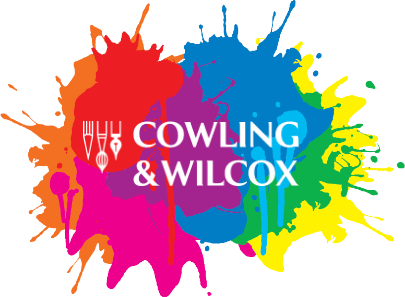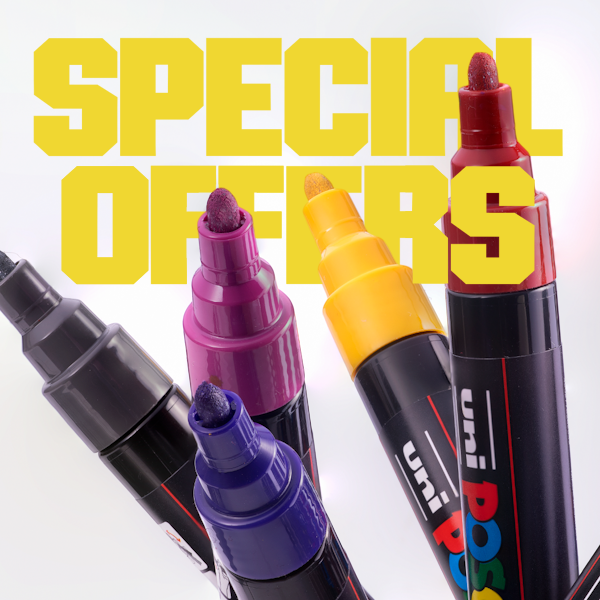Our Featured Artist this week is the delightful Colin Woolf, master of wildlife art and watercolour. Colin has a talent for capturing the essence of his encounters with wildlife and we’re huge fans of his work. Read on for our Q&A.

‘Great Northern Divers’
How did you get started as an artist?
Ever since I can remember I have had a compulsion and drive to draw what I see, so it was inevitable that I became an artist. One day I just walked out of full time work and started painting – that was 25 years ago.
What inspires you to be creative?
My inspiration is drawn from the natural world all around us; to try and capture fleeting moments of atmosphere or beautiful subjects is a challenge that I will never tire of.
How would you describe your creative process?
My creative process happens almost completely in my head. Images that I have seen are brought together and the composition is formed mostly before I start the pencil layout, which then becomes just that – a layout of the plan in my head. This usually happens at night whilst asleep.

‘Deer Hillside’
What is your favourite medium to work in and why?
Watercolour – I was driven to become a watercolourist, though I was never sure why. I feel that watercolour is the only medium that can create the softness of an Owls plumage and the luminance of a sky. It is also wonderful for painting water.
How do you tackle a blank canvas?
I don’t have a problem with a blank canvas. The images are in my head and have to come out. The old addage of you have to start somewhere is very true in this case. Just staring at it will not work.
What do you find the most challenging about the creative process?
Being able to paint the image in my head, accurately enough.

‘Fulmars’
In which ways do you differentiate your work from that of other artists?
In my opinion, my work does not have a style. By that I mean that if you pool together a large body of my work, it doesn’t all look the same. Neither does it all have the same basic colour or feel. A lot of artists’ work all looks very similar in colour and in subject. I try very hard to make my work as accurate and realistic as I can, but I also want it to look like a painting and not a crisp, hard photographic feel. The other comment I get a lot about my work is that it looks good from a distance but also looks good very close up – which is unusual.
What are your essential tools?
I use one brush of one size – a No.6 Kolinsky Sable and, of course, the best quality watercolours.
How would you describe your studio/workspace?
Small, tidy and functional, with everything to hand

‘Chalk Hill Blues Butterfly’
Any tips for preparing a portfolio?
A portfolio of work must show the breadths of your ability, it must always be the best that you have, never show work that you are not happy with. Always take care in its presentation – poorly framed pieces will not help.
Do you have a favourite art tip that you can share with our readers?
Yes, you must do a lot to become any good and improve your skills. It’s no good just doing a bit of painting once a week – any professional in any field practices frequently. I have increased my productivity in the last three years and my work shows a noticeable improvement because of this.
Where can our readers find out more about you?
They are welcome to look at my website and contact me if they wish to learn more about me or my work, as well as workshops etc.

‘Great Northern Divers’




















